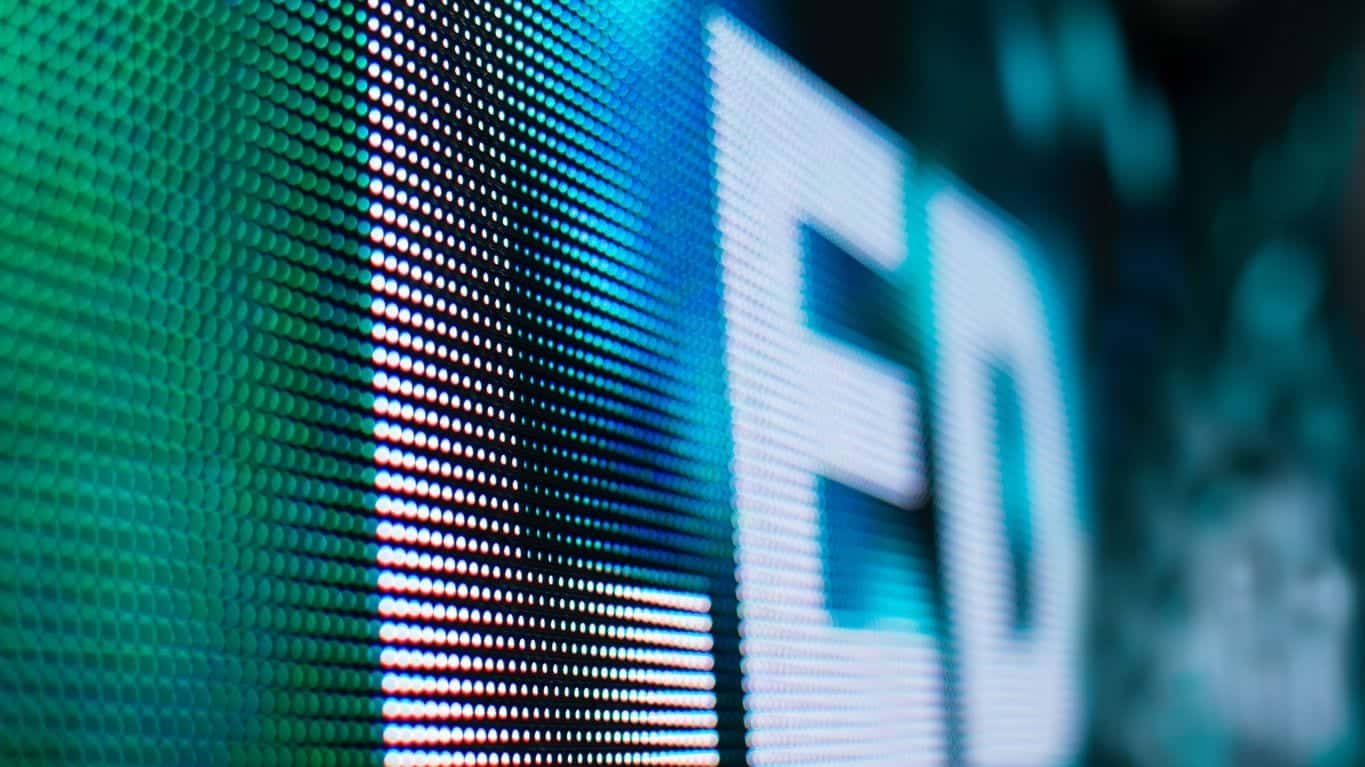Exploring the Wide-ranging Connectivity Solutions Available for Light Emitting Diode Display Modules
LED display panels have gained traction for their capacity to deliver crisp imagery in various settings, from professional environments to entertainment venues. One of the most significant aspects of these systems is their interface options, which allow users to connect them to different devices and systems. Understanding the diverse input options supported for Light Emitting Diode wall panels is vital for enhancing their use and effectiveness. This article explores these options, highlighting how they can cater to various needs and preferences.

One frequent connection approach for LED wall panels is High-Definition Multimedia Interface. HDMI is broadly known for transmitting high-quality video and audio streams between components. This connection type is especially useful in commercial environments, such as conference rooms or classrooms, where visual content or video content are often displayed. By using HDMI cables, users can seamlessly connect laptops, projectors, and streaming devices to Light Emitting Diode wall panels, ensuring a clear and vibrant display of media.
Another commonly used connectivity option is DisplayPort, which is comparable to High-Definition Multimedia Interface but offers additional advantages. DisplayPort can support elevated refresh rates and resolutions, making it an excellent choice for gaming or design-heavy applications. For those deploying LED wall panels in environments where performance is essential, such as competitive gaming venues or design studios, DisplayPort can provide the required visual quality. Additionally, many contemporary computers and graphics cards include DisplayPort connections, making it a convenient option for technology-oriented professionals.
In contrast to HDMI and DisplayPort, wireless transmission Read Full Report methods are becoming progressively common in LED wall panel solutions. Cable-free interfaces allow users to transmit content without the need for physical cables, promoting a streamlined and more adaptable configuration. Platforms such as Wi-Fi and Bluetooth allow users to link smartphones, tablets, and laptops seamlessly to Luminescent Diode wall panels without cumbersome wires. This convenience is especially beneficial in dynamic settings like exhibitions or live functions, where rapid adjustments to displays are often needed.
For extensive deployments or webpage more complex setups, network connectivity through Ethernet is another viable solution. Wired connections provide a consistent and robust way to integrate multiple Light Emitting Diode wall panels within a system. This approach is suitable for digital signage applications found in shopping malls or airports, where numerous panels may need to display coordinated content across a broad area. By using Ethernet cables and routing hardware, operators can ensure that all connected panels receive consistent updates and content efficiently.
Finally, it's crucial to evaluate the future of connectivity with technologies such as Universal Serial Bus-C and Thunderbolt Three. These next-generation interfaces offer enhanced data transfer rates and flexibility by allowing one connector to handle both energy transfer and data exchange. As more systems incorporate these protocols, LED wall panels equipped with USB-C ports will likely become more prevalent. This shift in integration not only improves the capabilities of Luminescent Diode wall panels but also coincides with the emerging trend of minimalistic design in hardware arrangements by minimizing the number of wires required.
In summary, examining the broad connectivity options available for LED wall panels reveals many possibilities for users across various industries. From traditional methods like HDMI and DisplayPort to contemporary cordless technologies and LAN setups, each pathway serves unique purposes tailored to specific needs. Additionally, next-gen technologies like Universal Serial Bus-C offer further developments in how professionals utilize Luminescent Diode wall panels. By grasping these integration alternatives, individuals can make informed decisions that enhance their overall experience with these multifunctional visual solutions.